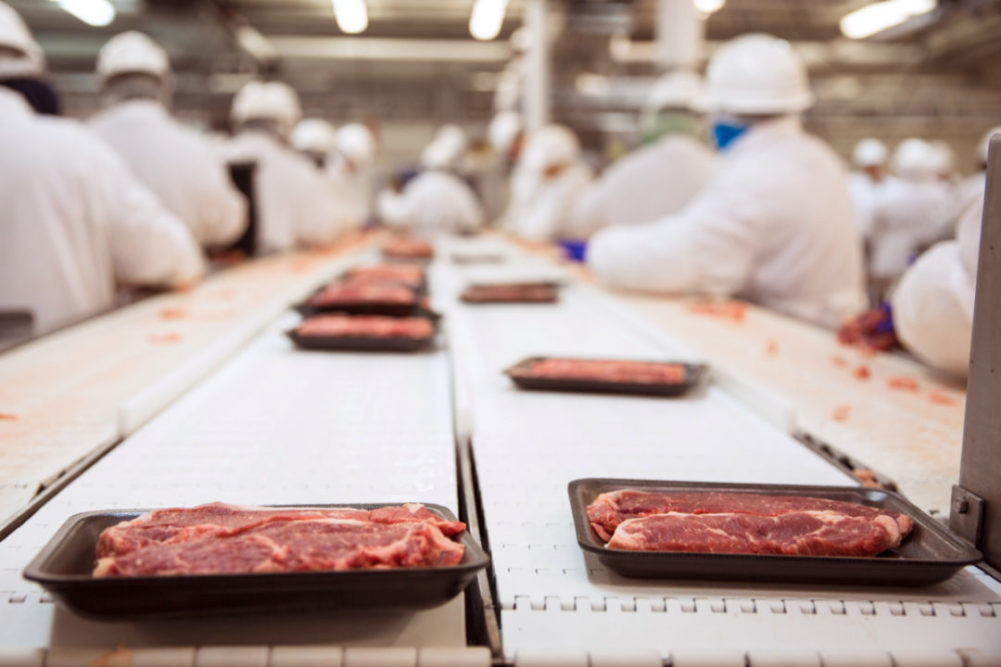KANSAS CITY, MO. — Supply chain problems could have companies reevaluating their strategies for contract manufacturing. Going with contracts instead of spot buying, building up inventory in advance and sourcing more products domestically are options.
Before the supply chain crisis, moving a container from Asia to Los Angeles or Long Beach, Calif., might cost $2,500, said Robert Shapiro, who has 20 years of experience in supply chains and contract manufacturing and recently founded CSA Packaging, Alpharetta, Ga.
“Right now, spot pricing is up to $25,000,” he said.
Bigger companies with contracts might get rates for $17,000 or $18,000, but even those prices negate the labor cost advantages from sourcing overseas, he said.
“Obviously its roots are in the pandemic,” Shapiro said of the supply chain crisis, “but the deeper roots are in the last 10-to-20-year trend of lean management, just-in-time inventory and offshore productions. The reason I say that is those are all contributors for the reason why we were kind of flat-footed when demand picked back up because you couldn’t access your production points anymore.”
He advocates for a hybrid model where companies work with contract manufacturers to source both overseas and domestically. Working with contract manufacturers domestically will allow companies to establish a relationship with them.
“So that when the time comes, you can say, ‘Hey, we’ve been ordering 10,000 cases a month. Now we need to do 100,000 cases. Can you do it?’” he said.
Shapiro added, “Many people would rather have their products made right here, especially food and beverages. When products are made stateside, you can monitor it and have quality people on site.”
Shapiro has heard forecasts that the supply chain crisis will end somewhere between the middle of 2022 and the end of 2023.
“When the crisis ends, which it will, I would argue against going back to old ways,” he said.
JPG Resources, Battle Creek, Mich., is advising its brand partners to be proactive and productive partners with their contract manufacturers, said Rick Williams, business partner, operations.
“This is a time for rolling up sleeves and solving issues as a strong partner, not for ‘holding the co-man accountable’ via pressure,” he said. “If the brand is delegating procurement to their co-man partner, this is a time to be more involved to protect supply versus leaving it to the co-man alone. Brands are always responsible for what is in their product, and now is a time to be proactive rather than trying to use pressure to get results.”
He added companies should consider contracts instead of spot purchasing or forward buying for inventory cushion.
“It may also mean supporting forward buying with cash commitments to allow the co-man to protect supply,” Williams said.
Companies should recognize contract manufacturers are struggling with a lack of labor as well.
“This means a few things for brands,” Williams said. “One, co-mans are cutting the brands who aren’t making progress in scale or are unprofitable. Two, co-mans are cutting or deprioritizing the brands who are difficult, disorganized, slow payers or otherwise not good partners. Three, co-mans are very motivated to avoid supply disruptions. Overall, relationships and performance of the partnership matters more than ever. Co-mans have a difficult set of challenges to manage without unnecessary disruptions.”
Cost increase across the board
Costs have increased for both packaging and ingredients.
Packaging, especially for glass jars, was a major sourcing problem last year, said Ashley Sutterfield, chief executive officer of Metzger and Roth, Fayetteville, Ark., which helps food entrepreneurs connect with co-packers.
“Many people just couldn’t produce honestly,” she said. “It constrained production so much. Some did find alternative packaging. Some smaller co-packers were able to increase their orders for one order so that they could just have more product, more packaging in inventory.”
This year, because of labor shortages and crop conditions, ingredient sourcing, especially for canned tomatoes, has become a major challenge, she said.
“It’s really across the board,” Shapiro said. “My rice suppliers can’t get the rice that they need. The flour people aren’t getting as much flour as they want. Whey protein is in short supply.”
Environmental concerns
Environmental sustainability has become a bigger issue over the past few years, but for the moment sustainability of supply is taking precedence, Williams said.
“And co-mans are busy so they may not be as interested in conducting trials or taking risks when they are under pressure to deliver saleable product,” he said. “In general, co-mans we work with welcome the sustainability efforts but also tend to believe the brands need to do the research and take the risk on testing out new materials.”
Conflict may arise when a contract manufacturer’s goals do not square with a company’s.
“Ingredients that they can process most effectively is often a priority for the co-packer,” Sutterfield said. “Whereas a brand, they may say, ‘Well, I want fresh cilantro in my salsa.’”
Choices also might be made over aluminum cans or glass jars, Sutterfield said, adding she has noticed the trend toward environmental sustainability.
“Brands are much more conscious of it, and co-packers are beginning to be more open to the idea because their clients are requesting it,” she said.

